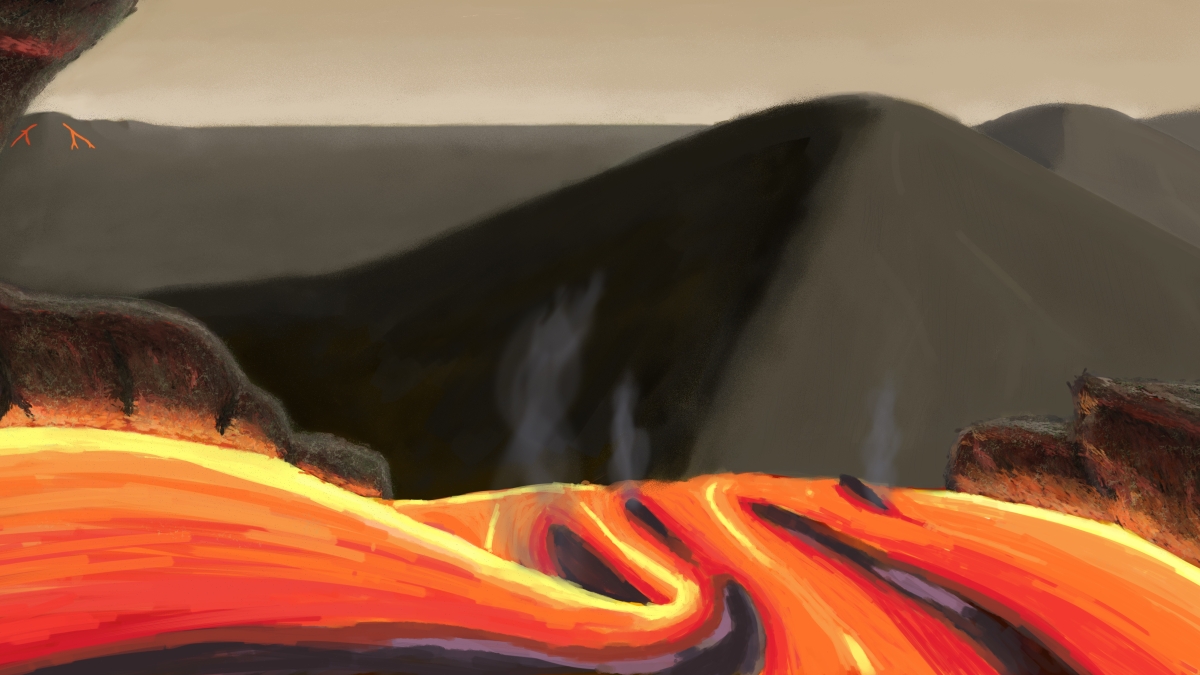Tau Ceti: The next Earth? Probably not

In the search for life elsewhere in the universe, Arizona State University researchers report that we can cross one potential off the list: cosmic neighbor and popular sci-fi locale Tau Ceti.
The Tau Ceti system, popularized in such fictional works as "Star Trek," has long been used in science fiction and even popular news as a very likely place to have life due to its proximity to Earth and the star’s sun-like characteristics. Since December 2012, Tau Ceti has become even more appealing, thanks to evidence of possibly five planets orbiting it, with two of these – Tau Ceti e and f – potentially residing in a region dubbed the habitable zone.
Using the chemical composition of Tau Ceti, the ASU team modeled the star’s evolution and calculated its habitable zone. Although their data confirms that two planets (e and f) may be in the habitable zone, it doesn’t mean life flourishes or even exists there.
“Planet e is in the habitable zone only if we make very generous assumptions. Planet f initially looks more promising, but modeling the evolution of the star makes it seem probable that it has only moved into the habitable zone recently as Tau Ceti has gotten more luminous over the course of its life,” explained astrophysicist Michael Pagano, ASU postdoctoral researcher and lead author of the paper appearing in the Astrophysical Journal. The collaboration also included ASU astrophysicists Patrick Young and Amanda Truitt and mineral physicist Sang-Heon (Dan) Shim.
Based upon the team’s models, planet f has likely been in the habitable zone much less than 1 billion years. This sounds like a long time, but it took Earth’s biosphere about 2 billion years to produce potentially detectable changes in its atmosphere. A planet that entered the habitable zone only a few hundred million years ago may well be habitable and even inhabited, but not have detectable biosignatures.
According to Pagano, he and his collaborators didn’t pick Tau Ceti “hoping, wanting or thinking” it would be a good candidate to look for life, but for the idea that these might be truly alien new worlds.
Tau Ceti has a highly unusual composition with respect to its ratio of magnesium and silicon, which are two of the most important rock-forming minerals on Earth. The ratio of magnesium to silicon in Tau Ceti is 1.78, which is about 70 percent more than our sun.
The astrophysicists looked at the data and asked, “What does this mean for the planets?”
Building on the strengths of ASU’s School of Earth and Space Exploration, which unites earth and space scientists in an effort to tackle research questions through a holistic approach, Shim was brought on board for his mineral expertise to provide insights into the possible nature of the planets themselves.
“With such a high magnesium and silicon ratio, it is possible that the mineralogical makeup of planets around Tau Ceti could be significantly different from that of Earth. Tau Ceti’s planets could very well be dominated by the mineral olivine at shallow parts of the mantle and have lower mantles dominated by ferropericlase,” Shim explained.
Considering that ferropericlase is much less viscous, or resistant to flowing, hot yet solid mantle rock would flow more easily, possibly having profound effects on volcanism and tectonics at the planetary surface, processes that have a significant impact on the habitability of Earth.
“This is a reminder that geological processes are fundamental in understanding the habitability of planets,” Shim said.
As the search continues for Earth-size planets orbiting at just the right distance from their star, the number of potentially life-supporting planets grows. Examining all of those isn't feasible at this point. Narrowing the list of hopefuls requires looking at extrasolar planets in a new way, and applying innovative, cross-disciplinary approaches like the one pioneered by Pagano and his colleagues.
“Tau Ceti has been a popular destination for science-fiction writers and everyone's imagination as somewhere there could possibly be life, but even though life around Tau Ceti may be unlikely, it should not be seen as a letdown, but should invigorate our minds to consider what exotic planets likely orbit the star, and the new and unusual planets that may exist in this vast universe,” Pagano said.
This work was supported by funding from the NASA Astrobiology Institute and NASA Nexus for Exoplanet System Science.